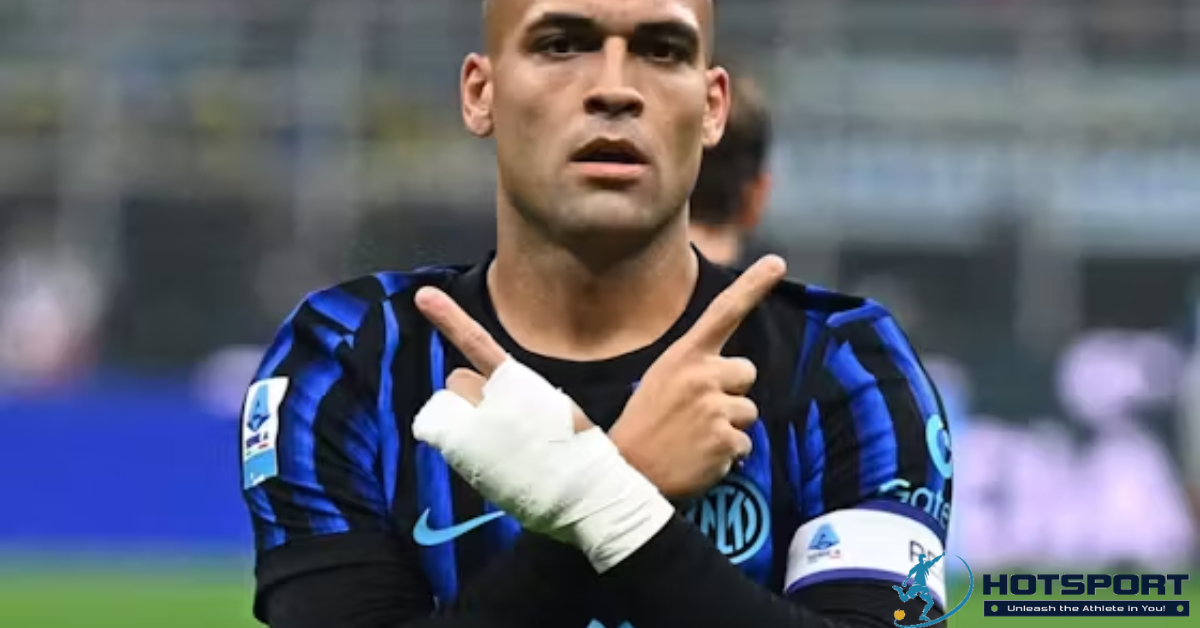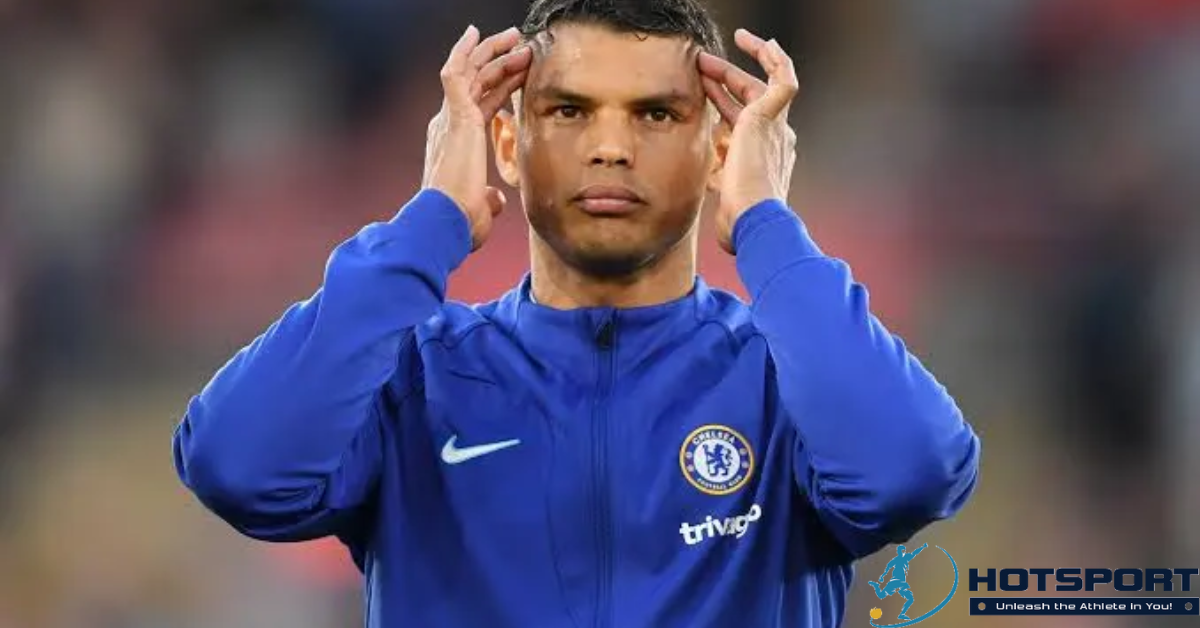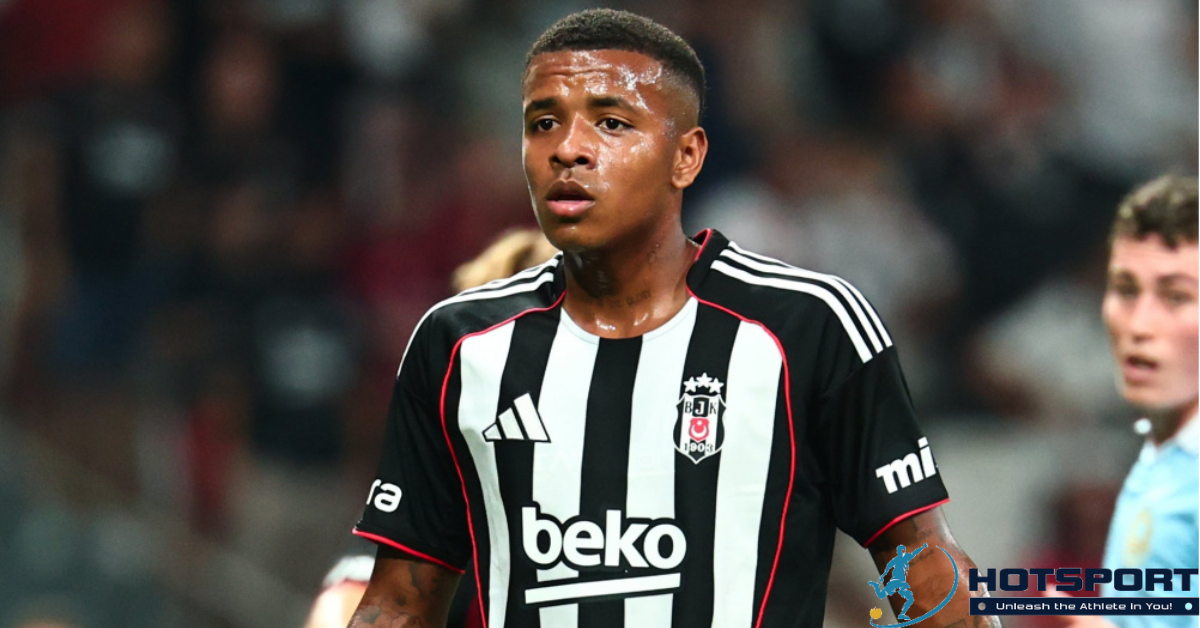Lautaro Martínez is one of the brightest names in modern football. Born in Argentina, he has become one of Europe’s most lethal strikers, donning the jersey of Inter Milan and the Argentine national team. With a blend of grit, technique, and a nose for goals, Lautaro is not just a player but a symbol of determination for millions of fans. His journey began on the dusty streets of Bahía Blanca and led him to the pitches of the Champions League and World Cups. In this report, we explore the life, career, and defining moments of this 28-year-old star, with updates through October 2025.
Childhood and Early Career
Birth and Family
Lautaro Javier Martínez was born on August 22, 1997, in Bahía Blanca, a city in the southwest of Buenos Aires province, Argentina. This coastal region, known for its beaches and strong Atlantic winds, shaped his early years. The son of Mario Martínez, a former futsal player turned truck driver, and Mirtha Noemí, a dedicated homemaker, Lautaro grew up in a humble environment filled with a love for sports.
From a young age, football was everything. His father, Mario, a Boca Juniors fan, encouraged him to kick a ball around in the neighborhood streets. With his brown hair and determined eyes, Lautaro spent hours playing barefoot on a makeshift pitch near home. “He was skinny, but his hunger for the ball was unstoppable,” Mario recalled in old interviews. The Martínez family wasn’t wealthy—Mario struggled to pay bills—but the boy’s dream was bigger than any obstacle. By age 7, Lautaro was training diligently, idolizing Argentine legends Gabriel Batistuta and Carlos Tévez, whom he watched on TV.
First Steps in Football
Lautaro’s organized football began at Club Atlético Liniers, a local team in Bahía Blanca. There, he played as an attacking midfielder, showcasing a game vision that impressed coaches. But it was at Unión Social Madariaga, another regional club, where he stood out as a center-forward. At 10, Lautaro was scoring goals in youth tournaments, catching the eye of scouts. His speed, despite his small stature for his age, and his precise finishing set him apart.
In 2008, a pivotal opportunity arose. A scout from Racing Club, one of Avellaneda’s giants, traveled to Bahía Blanca for a tournament and saw Lautaro in action. “He dribbled as if he were bigger than his opponents,” the scout later recounted. Despite financial struggles—a 700-kilometer car trip was a burden—the family bet on his talent. Mario sold an old car to fund the move. At 11, Lautaro arrived in Buenos Aires, leaving behind Bahía Blanca’s sea and diving into his dream.
Youth Development
At Liniers and Unión Bahía Blanca
Before the big move, his years in Bahía Blanca were a time of intense learning. At Liniers, Lautaro mastered the basics: short passes, ball control, and positioning. His coach, Jorge, noted his discipline: “He arrived early and left last.” At Unión Social Madariaga, he transitioned to the attack, where his physical explosiveness began to shine. In local matches, he was the top scorer, netting dozens of goals per season. These small clubs, lacking elite facilities, taught him resilience—training in the rain, on uneven fields, against older rivals.
These years shaped his character. Lautaro learned to handle losses, like when his team fell 3-0 in a regional final, leaving him in tears for hours. But he also celebrated simple victories, like a hat-trick in a friendly. It was here that he developed his killer instinct in the final third, always sniffing out a goal.
Arrival at Racing Club
Joining Racing in 2008 was a turning point. At the club’s youth training center, Lautaro quickly integrated into the U-12 team. Coaches noticed his tactical intelligence: he read the game like a veteran. By 14, he was training with the U-17s, scoring decisive goals in South American tournaments. “Lautaro was quiet, but on the pitch, he became a lion,” a former teammate described.
He climbed the ranks: U-15, U-17, U-20. In 2013, at 16, he debuted for the senior team in a friendly, but his real breakthrough came in 2015 with his first professional contract. During his youth years, Lautaro balanced studies—his family insisted on education—but football was his passion. He shared a dorm with other young players at the club, dreaming of the Bombonera or Monumental.
Professional Debut at Racing Club
Early Seasons
Lautaro’s official debut came on June 10, 2015, against Colo-Colo in the Copa Sudamericana. Entering in the second half, he nearly scored, but the match ended 0-0. At 17, he was the youngest on the field. In the Argentine League, his first game was against Guarani, where he provided an assist. These early minutes were about adaptation: the professional pace was brutal compared to the youth ranks.
In the 2015-16 season, Lautaro played 11 matches, scoring his first goal against Sarmiento—a dry, placed shot from outside the box that silenced Avellaneda’s Cilindro. He ended the year with 4 goals in 20 games, modest but promising numbers. Coach Facundo Sava praised him: “He has Racing’s DNA: grit and talent.”
Breakout and Goals
Lautaro’s peak at Racing came in 2017. Under Eduardo Coudet, he exploded. In the 2016-17 season, he scored 14 goals in 36 matches, including a brace against Boca Juniors in the Superliga. His header against River Plate, off a perfect cross, remains one of his most iconic goals at the club. He helped Racing reach the Copa Sudamericana semifinals and contend for the national title.
By 2018, before his transfer, Lautaro had 22 goals in 47 matches. His partnership with Lisandro López was lethal: the veteran taught him to read defenses, while Lautaro brought speed. In total, at Racing, he played 58 matches and scored 28 goals, becoming an idol at 20. Fans chanted “Lautaro, el Toro,” a nickname that stuck for his strength in physical duels.
Transfer to Europe: Inter Milan
Adaptation and First Season
The leap to Europe came in January 2018, when Inter Milan paid €25 million—a record for an Argentine player at the time. At 20, Lautaro traded Avellaneda’s heat for Milan’s cold. Adaptation was tough: language, culture, and pressure. In pre-season, he trained extra with Mauro Icardi, the then-captain.
His debut was against Sassuolo, entering in the second half and nearly scoring. In the 2017-18 season, he played 12 matches and scored 2 goals, a shy start. But 2018-19 was a turning point: under Luciano Spalletti, Lautaro scored 9 goals in 35 games, including his first in the Champions League against PSV. His partnership with Icardi flourished, and he learned the tactical, defensive Italian calcio.
Achievements with Inter
The Antonio Conte era, starting in 2019, propelled Lautaro to stardom. In the 2019-20 season, he was Serie A’s top scorer with 16 goals, helping Inter win the Europa League (final against Sevilla, where he provided an assist). In 2020-21, despite Lukaku’s injury, he carried the team with 19 goals, finishing as Serie A runners-up.
The Scudetto came in 2021, with Lautaro as a moral captain: 14 goals and on-field leadership. In the 2021 Coppa Italia final, he scored against Juventus. A treble nearly materialized in 2023: runners-up in the Champions League (loss to Manchester City), but titles in the Coppa Italia and Supercoppa. In 2023-24, another Scudetto, with 24 goals—his best year.
By 2025, Lautaro has over 130 goals for Inter in 250 matches. He renewed his contract until 2029, becoming the No. 10 after Lukaku’s departure. His versatility—playing as a pivot or second striker—makes him indispensable.
International Career with Argentina
Debut for the National Team
Lautaro first wore the Albiceleste jersey in 2018, in a friendly against Italy. At 20, he entered in the second half, feeling the weight of the anthem and crowd. In the 2019 Copa América, he was Agüero’s backup but scored against Paraguay. His consolidation came in the 2022 Nations League, with decisive goals.
Copa América and World Cup
The ultimate glory: the 2021 Copa América, where Lautaro was a starter and scored in the final against Brazil (1-0 win). In the 2022 World Cup in Qatar, he struggled with a goal drought in early rounds but erupted in the final: a penalty against France sealed the title. “It was the moment I dreamed of my whole life,” he said, crying with the trophy.
In 2024, he defended the Copa América title in the USA, scoring 5 goals and earning the best player award. His partnership with Messi and Di María is poetry on the pitch.
Recent Matches and Updates
As of October 2025, Lautaro leads Argentina’s scoring charts with 30 goals in 60 matches. In a recent friendly against Venezuela on October 10, he shone alongside Julián Álvarez: he assisted Lo Celso’s goal in a counterattack, contributing to Argentina’s 2-0 win in Miami. Coach Lionel Scaloni praised him: “Lautaro is the team’s engine.” With Messi retiring from World Cup qualifiers, he takes on more responsibility for future tournaments.
Playing Style and Skills
Lautaro is the prototype of the modern striker: 1.74m of pure explosiveness. His physical strength allows improbable aerial duels, while his quick feet dismantle defenses. He finishes with both legs, takes free kicks, and has vision for assists—40 in Serie A. Defensively, he presses high, as taught by Conte.
Compared to Batistuta for his grit, he’s more technical than Tévez. Injuries plagued him in 2022, but a fitness regimen with Inter’s Cristian Chivu transformed him: in 2025, he covers over 11 km per match, a club record.
Personal Life
Off the pitch, Lautaro is reserved. Married to Agustina Gandolfo since 2023, they have a daughter, Nina, born in 2022. The couple met in Argentina, and she joins him in Milan. Lautaro is a philanthropist: he founded the Lautaro Martínez Foundation in Bahía Blanca, supporting underprivileged kids with football schools.
He loves Argentine barbecue, tango, and beach trips. In interviews, he speaks of his Catholic faith and gratitude to his family. “Football gave me everything, but family keeps me grounded,” he says.
Legacy and Future
At 28, Lautaro is already a legend: three-time Italian champion, two-time world champion. His impact at Inter is compared to Ronaldo, the Phenomenon. For the future, he dreams of the Ballon d’Or—finishing 7th in 2022—and more World Cups. With Inter eyeing the 2025-26 Champions League and Argentina in World Cup qualifiers, Lautaro continues to write history.
Recent Updates
In October 2025, Lautaro is at his peak. For Inter, he scored the early winning goal against Slavia Prague in the Champions League on October 1 and leads Serie A with 8 goals in 7 matches. Coach Simone Inzaghi calls him “irreplaceable.” Physically transformed by work with Chivu and Rapetti, he recorded the most explosive sprints in the club’s recent history.
For Argentina, the Venezuela friendly highlighted his chemistry with Álvarez: the “dynamic duo” created chances and assists. However, Inter is concerned about his late return for the October 16 match against Roma—he arrives Wednesday after the Miami flight. Rumors of Real Madrid interest swirl, but Lautaro reaffirms loyalty: “Milan is my home.”
After an early exit in the 2025 Club World Cup in July, he criticized the team internally: “Fight or leave,” sparking a turnaround. Today, with 12 goals this season, he’s a favorite for Serie A’s top scorer award. Argentine fans see him as Messi’s heir in leading the Albiceleste.
In summary, Lautaro Martínez doesn’t stop. From Bahía Blanca to global spotlights, his story inspires. With unrelenting grit, he continues to score not just goals but paths to success.



